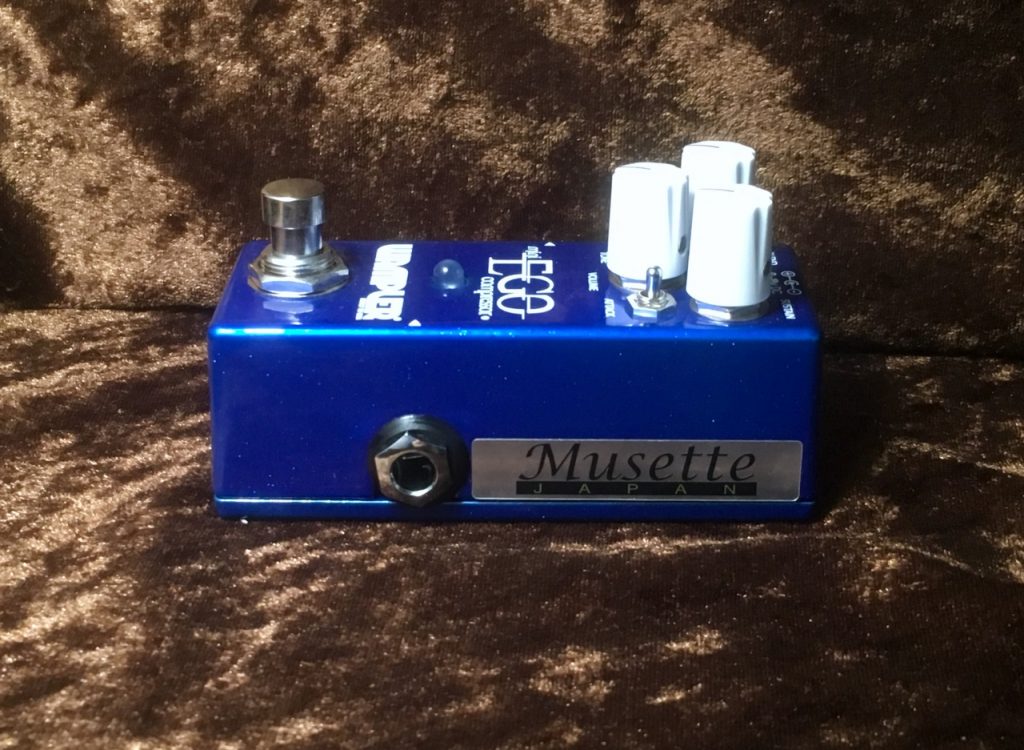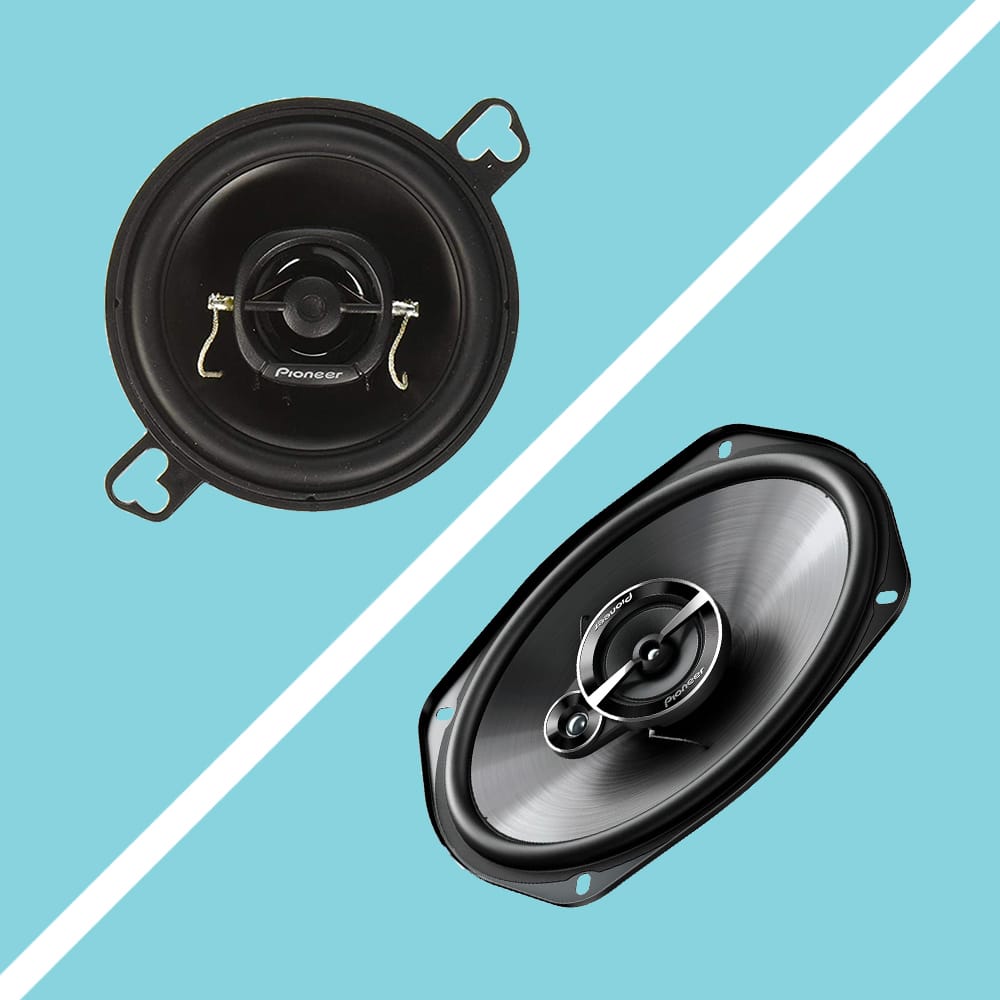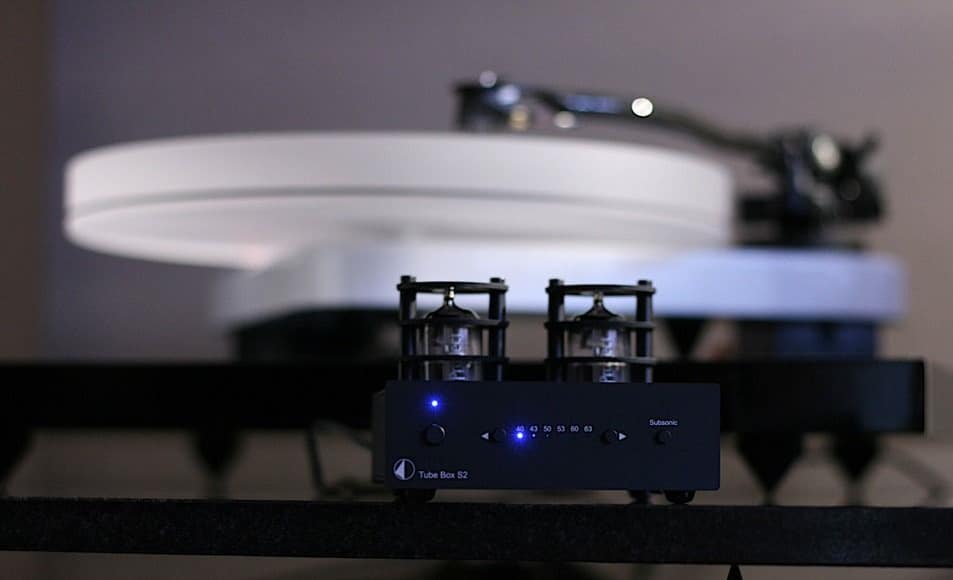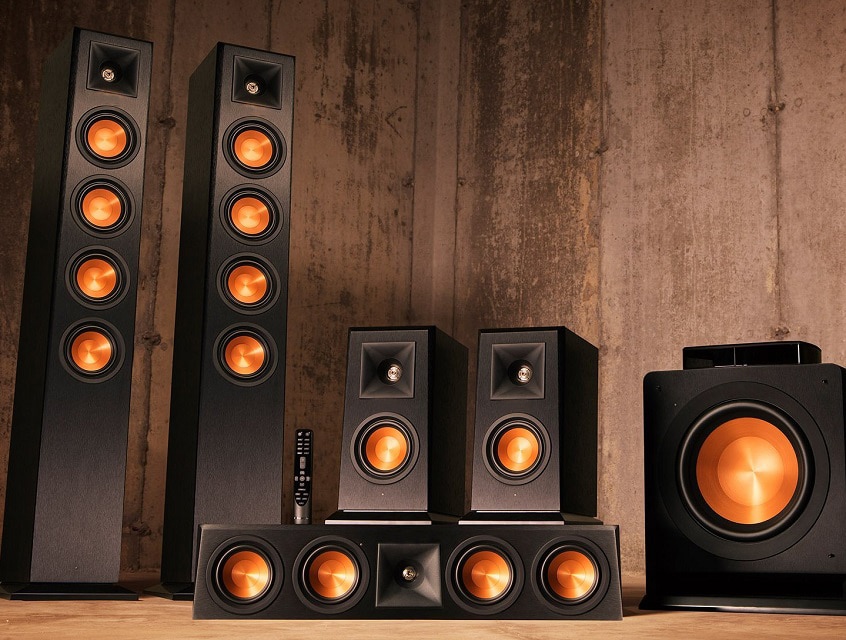If you are a musician but haven’t yet used a compressor pedal, you are missing out. Without this device, you can’t get the full range of sound and volume which results in a subpar performance. A compressor pedal works by toning down spikes in audio and boosting weaker notes so that all notes blend and mesh in a harmonic way. This device will enhance sound output so that it is balanced and smooth.
We went through over 30 models and selected 7 best compressor pedals with Xotic SP Compressor Pedal at the top. Our first consideration is the type of compressor pedal. There are six main types which are optical, tube, multiband, VCA, OTA, and FET. The best one for you will depend on the type of music you play. For example, optical compressors are best for country and jazz while VCA is more suited for rock. Next, we took into account the sound quality as you want a pedal that will not distort the sound. We also looked at the power supply as you need a pedal that can work for a long time. Lastly, there are impedance input and output that affect sound quality as well, so we made sure the pedals from our list have low impedance.
More features: true bypass switching, boost +15dB
The Xotic SP uses OTA (operational transconductance amplifier) technology, where the amplifier transconductance is determined and controlled by input current rather than voltage, as happens with standard operational amplifiers. OTA is considered a 5-star technology and is especially used in what are thought to be the best compressors in the market.
Tone quality more or less breaks the usefulness of a compressor pedal. And in the SP Compressor, Xotic appear to have mastered the art of tone balance, presenting a range of compressor tones, from modern to vintage, subtle, and tons more in-between. The result is a refined tone quality that will enrich any audio.
A good compressor should pump up the audio volume without compromising the quality of the sound. The SP allows you to boost your sound by up to +15dB. It also has a dry blend knob and an internal dip switch for attack control, which ensures that the compressor kicks in immediately when you want to use it. Also present is the True Bypass feature, which eliminates signal interference when the comp is switched off.
You can use an AC adapter to connect the SP Compressor to a regular 9V DC power supply. Alternatively, you can use a 9V battery to power it.
If you’re always on the move and find yourself packing your audio equipment multiple times a month, you’ll appreciate the compact size this comp comes in. Weighing approximately 0.57 lbs and measuring 3.5 x 1.5 x 1.5 inches (W/D/H), the SP Compressor is light and small enough to take with you wherever you go.
More features: battery included
The JOYO JF-10 Dynamic Compressor Guitar Effect Pedal is designed to make sound come alive. While it delivers remarkable compression and sustain, it is its attack that sets it apart from other small compressors in its price range. Powerful and driven, the JOYO attack is specifically designed for bass and high-output active pickup. Bass guitar players, in particular, will appreciate the effect it has on their tones.
JOYO allows you to create your desired sound using three control knobs: Sustain, Attack, and Level. It won’t alter the original sound of your audio, but it will certainly make it fuller and richer. For people who are keen to keep the tone of their sound, this compressor is a gem in that it allows you to do just that. True bypass helps minimize tone loss. Just twist the bypass knob to activate it and preserve your tone integrity.
The controls work as you’d expect, the slight variations in settings producing a noticeable difference in tone, volume and compression intensity. Still, you can hear every note clearly, as the compressor unifies the notes so that none overpowers the other.
The JF-10 comes with a 9V battery, but can also be used with a 9V adapter. It’s a little, light piece that weighs 0.625 lbs and measures 4.6 x 2.5 x 1.4 inches (L/W/H), compact enough for you to carry it with you wherever your audio missions take you.
More features: Nashville studio standard, sensitivity control, constant output signal, max. compression 50 dBA
Choosing the right compressor for your guitar rig can sometimes be more involving than you would prefer. But the MXR M102 Dyna Comp makes this an easy task. It’s packed with all the little tidbits that refine your audio output, like tone, volume and compression ratio, yet they are all packaged in three simple buttons that make operating the compressor easy. There is the footswitch, which turns on the compressor and activates bypass mode if needed. Then there is the Sensitivity knob to the right, which sets the compression ratio. Lastly, there is the Output knob, which is responsible for the volume.
This is a Nashville studio standard in-line compressor that will even out your signal. It delivers a clean boost, at the same time compressing the louder notes for a more balanced sound. It also does a fine sustaining job and does not falter as some comps are wont to do.
Using the Dyna is as easy as it looks: simply plug a cable from the guitar to the comp’s Input connector and a second cable from the Output connector to the amplifier, make sure all controls are at the 12 o’clock position, and press the footswitch to turn the comp on. You can then adjust the controls as needed to attain the quality of sound you’re looking for. It’s also worth mentioning that it comes with rubber knob covers that make operating the controls that much easier.
The MXR Dyna uses a 9V battery, but you can also use it with a 9V AC adapter such as the Dunlop ECB003E or connect it directly to a MXR DC Brick power supply.
More features: 9V power jack (no battery connector inside), 5 controls – volume, sustain, blend, tone and attack, true bypass
The Wampler Pedals Mini Ego Compressor makes your tone fuller. The difference between sound played without a compressor and what comes out when a Wampler Mini Ego is used is in how richer the output in the latter scenario is. It‘s a compressor that evens out the tone and adds a pumped up boost when needed without altering the original color of the sound.
The Wampler Mini Ego has five controls, but the ones you’ll probably be using more than the others are the Tone and Attack controls, which allow you to control how low or high the tone gets. The Attack dial also helps you pace the intensity of the effect, giving you the option to go fast or slow. Use the Blend knob to unify the original signal and the compressed one for a smooth sound that is well-balanced and even. The Sustain knob maintains the signal at the desired threshold for as long as you choose. The fifth knob, Volume, allows you to set the volume of your sound output.
This Wampler model is among compressors with the widest range of settings. Playing around with the controls welcomes you into a world of smooth overtones that quickly transition to funky notes, robust country notes, or a rich, focused boost, depending on the chosen intensity.
True bypass preserves the integrity of the tone once the compressor is disengaged so that the clean signal retains its original tone.
It comes with a 9V Power Jack and will consume between 9V and 18V.
Built to deliver classic optical compression, the Mooer MCS2 Yellow Compression Effects Pedal will smooth the tone of any audio. It’s best for when you don’t need lots of decay or attack and is particularly useful when you want to preserve the original signals.
Among the best characteristics in this pedal is its smooth decay and attack. Its balancing quality is most noticeable when working with a wide range of frequencies; it evens out the sound in a way few other pedals can.
Mooer uses True Bypass to deliver transparent tones, so you can be sure the signals hitting your amp are clean, unaffected, and sound exactly like the original tones. If you want minimal sound coloration or none at all, then this Mooer MCS2 is a reliable partner to that end.
The MCS2 Compressor Pedal comes in a small design that won’t clutter your pedal board. It’s also light in weight, and you can toss it in the jacket pocket at the last minute when packing up your audio equipment.
More features: LED indicator, full metal shell
Compact and solid, the Donner Compressor Pedal is designed to do exactly what a good compressor does: make audio richer while sustaining the desired tone and compressing the louder notes.
One thing we appreciate about how this pedal is designed is the simple layout. Unlike what you’ll see in some compressor pedals where the controls look somewhat congested, controls are pretty basic and clean in this Donner.
There are only three knobs at work here: the Level knob, the Tone knob and the Comp knob. Use the Level knob to adjust the sound volume, the Tone knob to adjust the tone, and the Comp knob to control the intensity of the compression. The Donner Ultimate Comp supports two modes: Normal and Treble. Normal gives you a natural-sounding compression effect while Treble mode activates an effect with brighter notes, which bass guitar players will be happy to have.
True Bypass allows the signal to pass unaltered to the amp when you disengage the compressor. You’ll need to switch on the bypass button to activate bypass mode.
The compressor pedal has an LED indicator that lights up when the compressor is on. You don’t have to second-guess yourself as you fidget with the controls, wondering if the comp is on or not. The LED gives a clear answer, and all you have to do is determine the intensity of the effect, the volume, and all the other important audio parameters.
It uses a 9V DC adapter to power the pedal; plug polarity is negative in the center and positive on the barrel.
More features: LED indicators
Behringer Germany goes all out to prove themselves as the true leaders of tone integrity in this little masterpiece. And from our experience handling it, you don’t have to spend hundreds of dollars on a comp to attain the desired quality of tone. This compressor/sustainer proves it, and considering you’re spending less than $30 on it, there is no loss in trying it out.
The Behringer CS400 is designed to give your output volume consistency. Like its name denotes, it’s built to give continuous sustain once you hit your desired level, while putting you in control of the amount of compression at play all through. Use the ‘Attack’ and ‘Sustain’ buttons to control how much compression you want in an audio. Other useful controls you’ll use a lot are the ‘Tone’ and ‘Level’ dials, which allow you to set your volume and pick your highs and lows. Also available is an IN connector that plugs in the instrument cable and an OUT connector that links to your amp.
When you’re absorbed in mixing or whatever other audio engineering you’re doing, it’s not unusual to wonder if all your equipment is powered on and functioning as it should. Well, the CS400 takes away the guesswork, thanks to an LED status light that lets you know whether it’s on or off. When using the compressor in bypass mode, check that the electronic switch is on for unfailing signal integrity.
The Behringer Compressor/Sustainer can be connected to a 9V battery type 6LR61 or the Behringer PSU-SB DC supply, which has to be purchased separately.
Balancing out the sound of your instrument, where you boost the volume and punch of lower notes and compress the overpowering ones to create a unified sound, is something nearly everyone who dabbles in music production aspires to do. Those who’ve never used a compressor before often don’t know they need one until they play their music with a compressor and notice what a difference it makes.
Compressors can be paired with your guitar, piano, drums, basically, any instrument. If you’re hoping to improve your performance and get better sound output, you might want to invest in a compressor. The good news is, they’re quite affordable. There are plenty of models going for less than $40. Even better news is that once you get accustomed to using a compressor, you won’t ever play without one.
Let’s break it down for you.
Yes, you do. You want your sound to be fluid and balanced, with every note clear and yet in harmony with the next note. This is what a compressor helps you achieve. It works well in both dark and bright tones and unifies wide audio frequencies.
 Compressor types
Compressor typesThere are different types of compressors. The most common ones are:
OTA compressors are based on a circuit chip, usually the CA3080 or the more modern LM13700. The main difference between OTAs and standard amplifiers is that the output in OTA is current and not voltage.
They are the most common type of compressors in the market today and are especially good at guitar compression. Older OTAs were notorious for sound coloration, the undesirable enhancement of tone, but modern day OTAs have been refined to eliminate this problem.
VCA compressors consist of an IC chip with transistors that use the signal voltage to determine the output. They are the most popular option for studio style comps and are most notable for their clean sound, responsiveness, and precision. An example of a VCA compressor is the dbx 160A.
A type of VCA, FET compressors are similar to VCA compressors, with the main distinction being that FETs are more likely to color your sound, something VCA comps don’t do. An example of FET comp is the UREI 1176.
Optical compressors base their reaction to the signal on a light source and photoresistor. As the signal gets louder, the light source grows brighter, and the resistor’s resistance decreases in response to the growing brightness. Optical compressors give the most natural-sounding effect and are renowned for their smooth tones and slow release times.
These are similar to optical compressors, except they have tube gain stages at the end. They have a smooth and toneful effect and are known to color sound. An example of a tube comp is the Wampler Pedals Mini Ego Compressor.

Multiband compressors come in the form of modern, advanced compression software and are used in DAWs (digital audio workstations). Multiband software separates the signal into individual frequency bands, compressing each band to give precisely-controlled dynamics. An example of a multiband compressor is the Behringer Compressor/Sustainer CS400.
Like most technical equipment, there’s a lot that goes into determining how good a compressor is. Before settling for one, ensure that the compressor you choose is good for your usage and will be effective for the type of rig you have. To help you make the right decision, we gathered several important factors here.
Different compressors are designed to give different sound effects. The exact effect you get is determined by the compressor type and specs. An optical compressor, for example, might give you smooth tones, while a tube compressor delivers a more robust attack.
This should be the first thing you consider when picking a comp so that you don’t end up with a compressor that gives the opposite of what you were looking to achieve.
Manufacturers clearly list the type of compressor each model is and the effect it gives. Choose one that’s close to the sound you envision in your mind’s ear for the best experience.
Many compressors come with a battery, but a few models don’t. Some are to be connected to a power source via an adapter. Most comps can use both a battery and an adapter. In models where this is the case, the manufacturer will clearly indicate it to be so.
A lot of these compressors can use the regular 9V power supply, but you need to confirm with the manufacturer or reseller to be sure. Be sure you understand how the comp needs to be powered before attempting to connect it to a power source so that you don’t have to deal with an accidental short-circuit.
Other features to consider include things like:
LED lights are helpful because they’ll tell you whether the comp is on or off instead of you having to stop what you’re doing and fidget with it to find out if it’s on. Some comps will have a low battery indicator as well, which is important, specifically for compressors that are only powered by a battery.
The light ensures you don’t run out of battery power whilst in the middle of a performance or recording.
Anti-skid pads provide a solid ground for your toes so that you don’t slip or slide while trying to work the controls.
With the rubber covers for the knobs, you’re able to adjust the controls comfortably, whether using your toes or fingers.
It’s important for the compressor to be housed in a durable casing. Choose a hard-wearing, metal shell, one that will not start to wear out after a few uses. The best of compressors come in an aluminum-alloy shell and will last for years without wear. In fact, this type will stay usable throughout the life of the comp.
The design and overall look and feel of the compressor can tell you a lot about its quality. A good compressor will have a solid build and be well constructed. This all points to thoroughness on the part of the manufacturer, and you can be sure they did their best to keep the compressor at the finest quality.
Signs of poor workmanship are indications of shoddy work. Expect the same sloppiness seen in the exterior to be replicated on the inside. Avoid buying such a comp no matter how attractive the price.
Each compressor gives a distinct effect. For this reason, individual compressors may need to be handled differently. Still, the principle behind compressor operation is the same in all comps. To correctly use a compressor pedal, consider the kind of effect you’d like to give your audio. Then manipulate the compressor until you get this effect.
The compressor comes with a user manual, which guides you on how you’ll set up the comp to attain different effects. Use this as your guide as you learn how to operate the comp and how to manipulate it to get different sounds. In most cases, you’ll come up with a custom way of fine-tuning the compressor for the desired sound effect. Give someone else the same compressor and set of audio, and they’ll probably tune the comp differently.
What does this mean? Guidelines for compressor tuning are just that: guidelines. They’re not hard rules that you must abide by. By and large, you’ll find your own happy spot by trying out different settings until you find a combination that gives your desired effect.
The Xotic SP Compressor earns first place for its all-roundedness. It has all the important features that we love and gives great performance in all kinds of rigs. If you can spare the $100 or so more to get this comp, do it. You’ll love its range of effects. Our second-best pick is the JOYO JF-10 Dynamic Compressor, another great performer available at a pocket-friendly price. We particularly love the fact that it gives the best bass compression. A win in our books. Our budget pick is the excellent Behringer Compressor/Sustainer CS400. It has all the great features we look for at such an affordable price.





